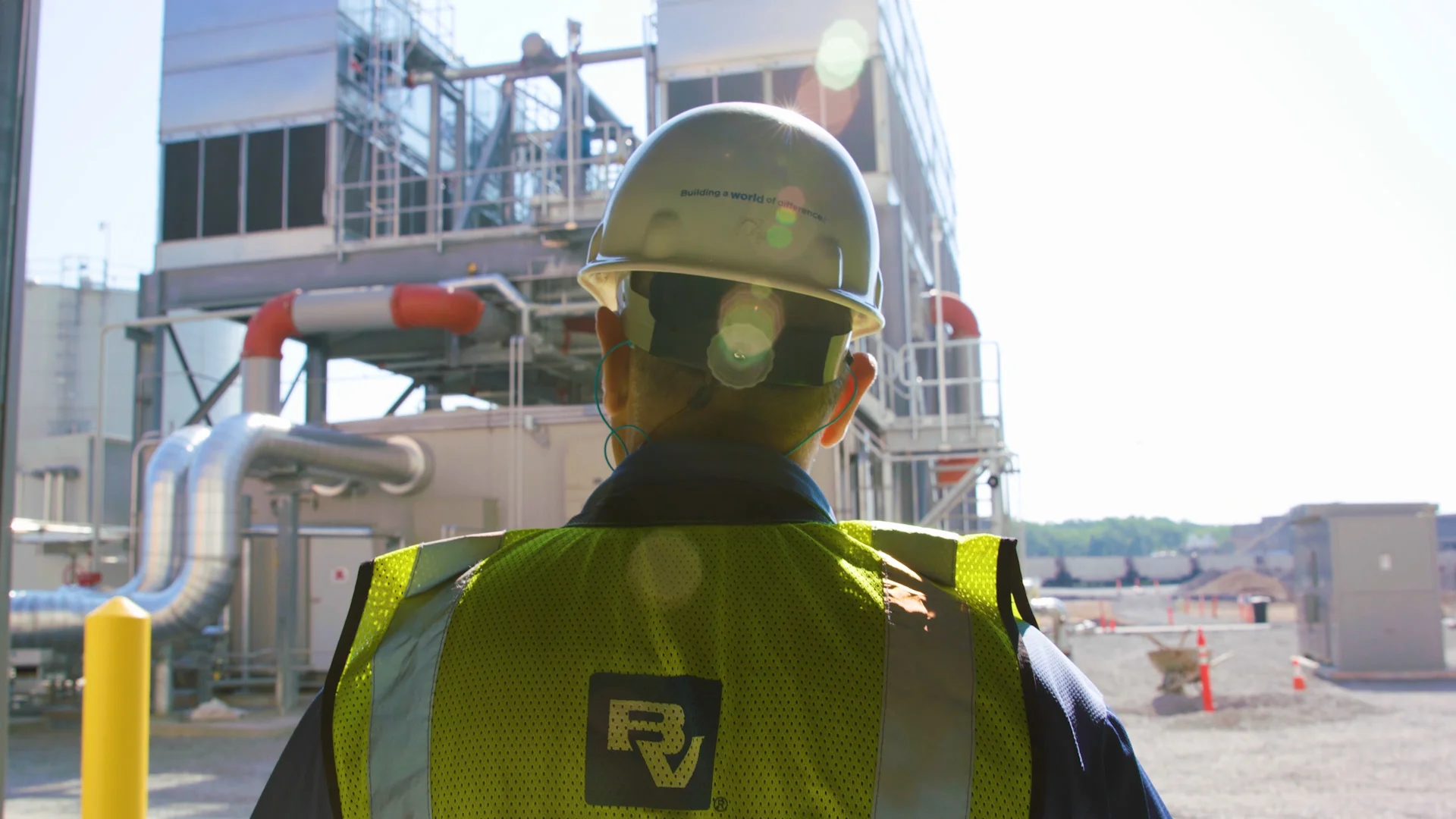
Understanding the EPA’s Draft Risk Assessment

On January 14, 2025, the U.S. EPA released a long-expected Draft Sewage Sludge Risk Assessment for PFOA and PFOS. These two compounds of per- and polyfluoroalkyl substances (PFAS) have been produced in the largest amounts in the U.S. The EPA’s new risk assessment focuses on potential human health risks to farm families living on or near sites where biosolids have been applied or people whose diets are primarily from food products or water from such sites. While not a regulation, this assessment is the first step towards potential future regulations for PFOS and PFOA in biosolids and suggests the need for utilities to start planning for potential operational impacts.
Summary of Findings
The EPA assessed potential risks from multiple outlets covered under the 40 CFR 503 Standards for the Use or Disposal of Sewage Sludge (the “503 rule”), including land application and surface disposal (incineration was not assessed due to insufficient data). EPA’s efforts focused on land application, modeling three hypothetical scenarios, concluding that 1 µg/Kg (ppb) of PFOA or PFOS in biosolids exceeded their risk threshold for potential human health risks.
The agency emphasized the narrow scope of the assessments, noting that the findings are not applicable to the general population (who get their food and/or water from multiple sources) or to the general food supply.
Nonetheless, the EPA also concluded that “each of the three common use or disposal options may result in elevated risk levels when sewage sludge with typical concentrations of PFOA or PFOS is managed.”
Risk Assessment Land Application Scenarios
PFOA/PFOS - 1 ppb risk threshold exceeded (some scenarios).
Immediate Impact on Utilities
The draft risk assessment is not a new regulation, nor does it change existing regulations. Moreover, extensive comments are expected on the draft assessment during the 60-day comment period set forth by EPA, and the final document may change to reflect comments received. Nonetheless, the draft has garnered media attention and with legislative sessions underway in many states draft findings may be reflected in new legislation. In both cases, the limited scope of the assessment may be missed or applied more broadly to be conservative. In the media, this may result in a disproportionate presentation of risk and for legislative bodies the potential to adopt the 1 ppb thresholds for PFOA and PFOS as biosolids limits, despite EPA’s statement that their findings are not intended to be regulatory limits.
The Draft Risk Assessment Reiterates EPA Support for “Interim Strategies” to Reduce PFOA and PFOS in Biosolids
Many states already have strategies that include PFOS and/or PFOA limits for land applied biosolids and that trigger specific actions including source reduction. States that employ these regulatory frameworks have often used 20 µg/Kg (ppb) for PFOS and/or PFOA as the threshold concentration that biosolids can be safely applied. While the values in these strategies may be revisited based upon the risk assessment, the overall focus on source reduction remains a cornerstone of PFAS management.
Potential Future Impact on Utilities
This draft is a first step towards potential future regulation under the 503 Rule. New PFOA and PFOS limits could impact biosolids programs across the United States if strict PFOA and PFOS limits in biosolids are set for land application. Whether or not new limits are enacted at the federal level will depend upon:
EPA’s risk management evaluations. These evaluations determine whether limits are needed to protect public health. They consider not only risk assessment findings, but also economic and legal concerns to determine the need for/ practicality of risk reduction actions.
Administration regulatory priorities. The fate of recent or draft EPA documents can be uncertain during a change in federal administration. Impacted EPA actions might include the finalization of draft EPA documents (i.e., the PFOA/PFOS risk assessment), proposed activities (planned nationwide PFAS testing, for example) and in some cases new rules.
The impact of these two factors on the regulation of PFAS in biosolids at the federal level cannot be ascertained at this time. Nonetheless, EPA’s support of source control for these pollutants (by state regulators and utilities), coupled with regulatory activities already well underway to reduce PFAS in land applied biosolids, are expected to result in a continued focus on PFAS controls.
What Utilities Can Do Today
1. Assess and Monitor PFAS Levels - Knowledge Is Power
Assessing PFAS levels in biosolids is a good proactive step to understanding best approaches for current and future biosolids management decisions. Black & Veatch is actively engaged in PFAS research in biosolids and can develop a plan with you to sample, analyze and interpret your PFAS results.
2. Limit PFAS Discharges - An Ounce of Prevention Is Worth a Pound of Cure
With treatment technologies still in their infancy, preventing PFAS from entering your headworks is currently the most cost effective and widely applied approach. A thorough sampling plan can be designed to understand sources of PFAS in your system so that you can proactively implement source reduction to lower PFAS levels in biosolids. Black & Veatch helps utilities limit the amount of PFAS-containing material entering the wastewater collection system using various approaches including working with industrial users, implementing practices that limit PFAS in the discharge, and promoting product stewardship to reduce PFAS in consumer products.
3. Understand and Leverage Technology Solutions - Innovation Sees Change As Opportunity
Explore technologies that can concentrate, separate and destroy PFAS where needed and minimize PFAS discharges. Black & Veatch can help you evaluate technologies for your specific needs. Our research through the Water Environment Federation along with bench-scale and pilot studies has evaluated conventional and emerging treatment technologies for liquids and biosolids that can concentrate, separate and destroy PFAS.
How Black & Veatch Can Help
There is no doubt that utilities are collectively asking themselves how they are going to deal with PFAS and other contaminants of concern. Utilities across the country have chosen Black & Veatch to help them navigate these emerging contaminant challenges based on our:
Pragmatic and practical approach to clarifying the confusion surrounding new regulations.
Focus on emerging technologies and how they can be integrated into existing facilities when they reach readiness.
Holistic approach to solving both short and long-term wastewater and biosolids needs.
Vast experience in managing previous contaminants that have emerged.
Past success in obtaining funding and loans for projects.
Investment in industry research to answer the questions that are most often asked during projects.
Focus on on-time, successful delivery of projects that meet each client’s specific needs.
Contact Us
Looking for a partner in innovation?
Let's Talk


